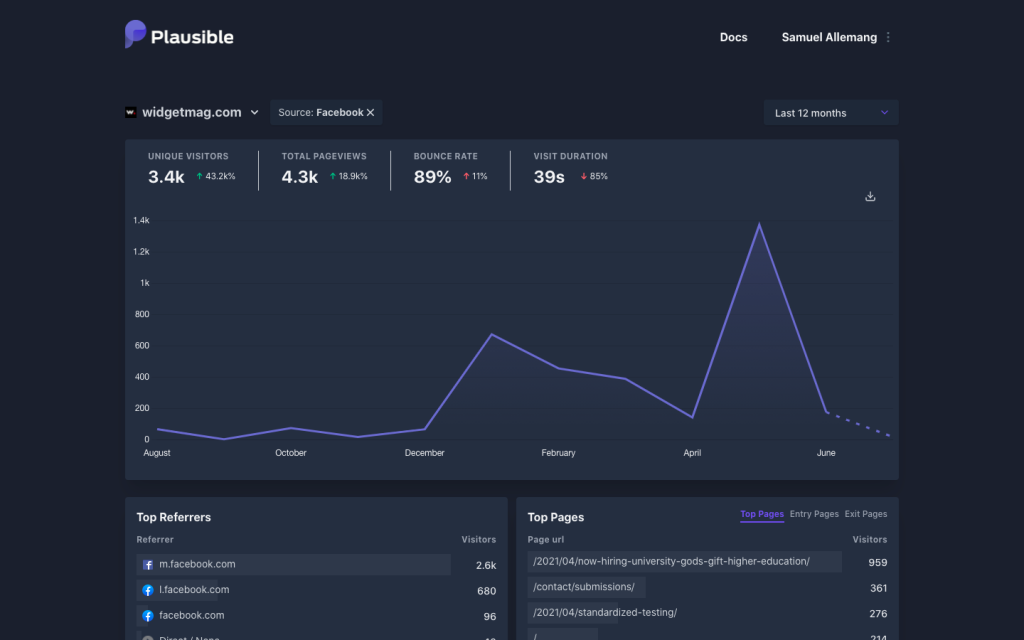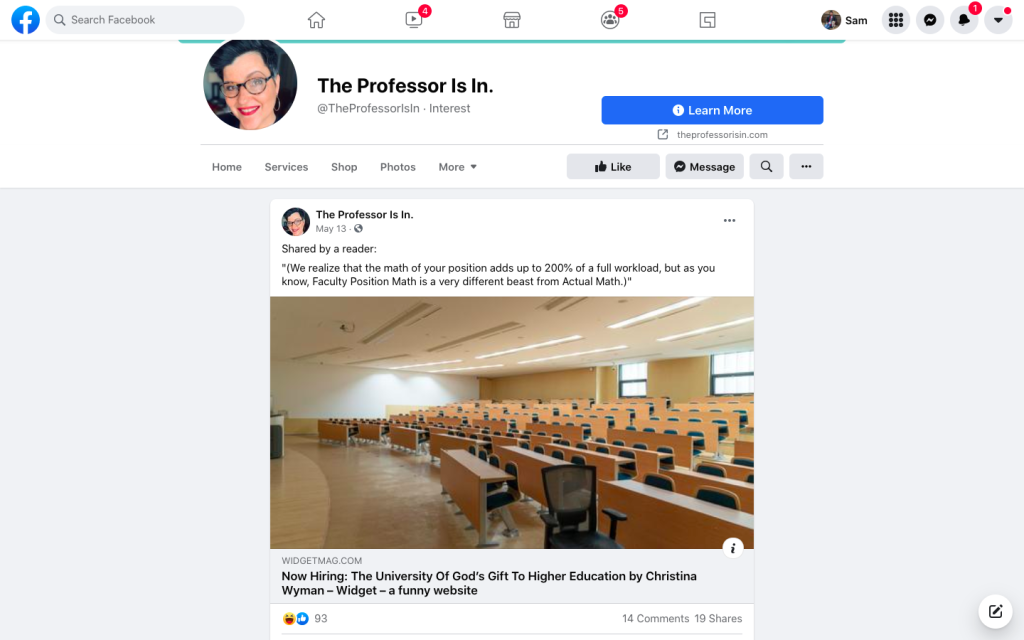Update: Classes no longer require sign-in.

Website DIY #8: Analytics/Traffic
Analytics and where our traffic comes from and what it means (/might mean).
All our analytics are public and rather more pro-privacy than if we were to get them, say, from big kahuna Google Analytics. We pay $48/year to Plausible for this and have been very happy with them so far. (Insofar as we care at all about these numbers, which isn’t much, TBH. Though maybe they’re useful for, well, preparing end-of-grant reports. For example.)
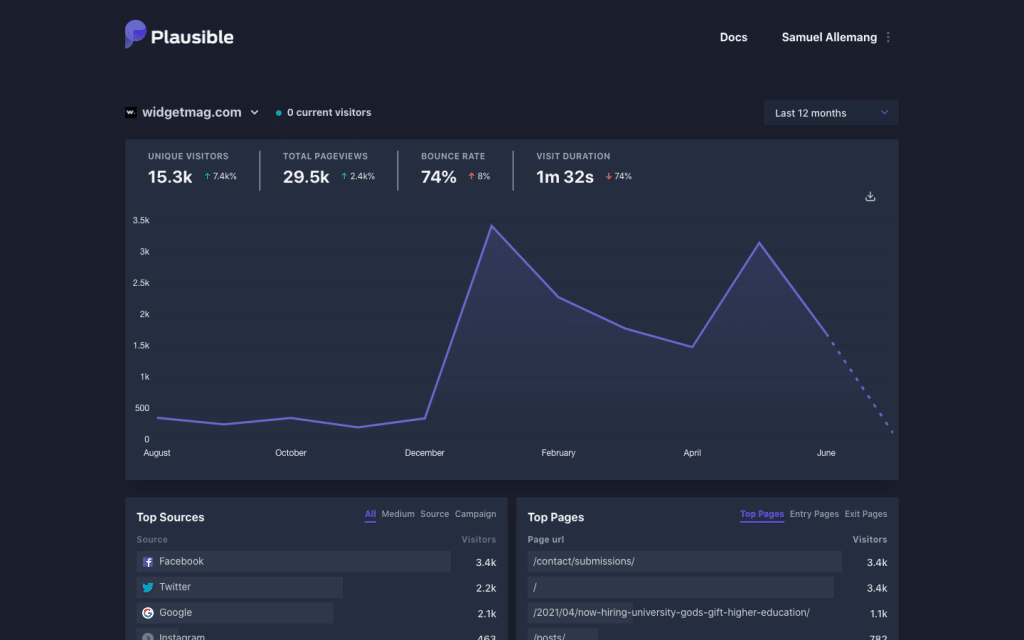
Now I know next to nothing about what to do with this information, but here’s what I’ve noticed.
Obviously the sources are… unsurprising. In #1 spot is Facemash-offshoot The Facebook – we managed to steal some eyeballs from Dan Bongina and Ben Shapeeno posts for a second, good for us. But traffic coming from facebook, full stop, is less ‘interesting’ than the particulars. Much of this is due to one post being shared on an influential niche page:
We’ll talk about this more in our audience/growth post, but huh, good lesson there about trying to promote in highly specialized spots. Other than the fact that these are not likely to be very ‘sticky’ readers, so maybe doesn’t really help long-term, so much as, as they say, reaching a core audience of dedicated supporters…
Well, what else do we see worth commenting on in our top 20 sources:
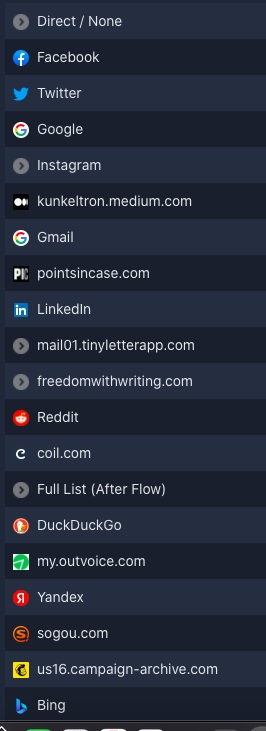
If we were to click on twitter, we’d see whose tweets got us the most traction and, IIRC, it’s Hard Times, Caitlin Kunkel, Lillian Stone, and a number of other writers with follower counts in the thousands. (I believe there are tools to see which of your followers are bringing you traffic, but whatever, that’s a level of focusing on things that aren’t editing and publishing that can fuck off.)
Okay, there’s Caitlin’s post about humour publishers and Points In Case’s same. TinyLetter is mostly Luke and James’s excellent humour writing newsletter. LinkedIn and Reddit are both from authors posting to communities where they are participants/members – similar lesson to the FB one. Instagram goes to show we maybe should figure out some LinkInBio splash page shit – if it could be automated, and it probably can be.
Turning to our top pages:
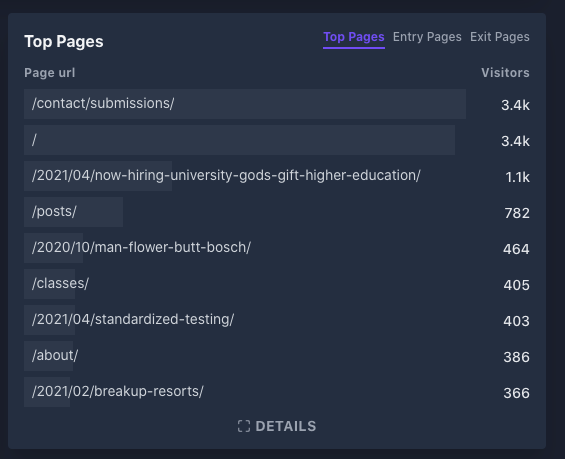
Writers really want to pitch you (if you pay). And free classes will get you some traction too. All makes sense there. (Good things to try and consider for growing your audience – announcing new opportunities to newsletter subscribers as a perk or so on.) Looking at the posts:
Christina’s post – “Now Hiring…” – leapt to the top of our results from the one influencer FB post (and any knock-on effects: shares, etc.).
Julia’s – “I’m The Man With The Flower…” – seems to maybe be weird search engine dumb luck? It’s on the first page of results for “hieronymus bosch flower painting,” e.g.!
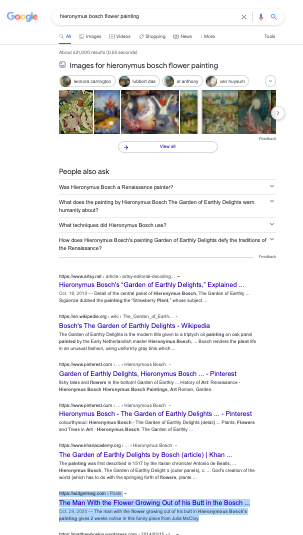
And I think Summer’s and Amber’s are thanks to their supportive networks on social media.
Anyway, that’s our stupid-person assessment of our analytics. Probably some lessons there about how to grow your audience, where to target, how to market, but we’ll get to that in another post.
More in the series
- Website DIY #1: Intro & Domain
- Website DIY #2: On Starting A ‘Magazine’
- Website DIY #3: Site Setup
- Website DIY #4: Monetization (Quick Overview)
- Website DIY #5: Newsletters
- Website DIY #6: Social Media
- Website DIY #7: Pitches/Submissions
- Website DIY #8: Analytics/Traffic
- Website DIY #9: Accessibility
- Website DIY #10: Podcasting
- Website DIY #11: Equity
- Website DIY #12: Email & Responding To Pitches
- Website DIY #13: Payments
- Website DIY #14: Admin Tools/Apps
- Website DIY #15: Networking
- Website DIY #16: Audience
- Website DIY #17: Stock Assets (Photos/Illustrations)
- Website DIY #18: Finances (How To Lose Money!)
- Website DIY #19: Wrap Up: Wins & Losses
